Cultivating Date Palms in Kuwait: A Comprehensive GuideI
In the heart of Kuwait's desert, amidst the shimmering sands and relentless sun, lies a timeless tradition: the cultivation of date palms. As guardians of this cherished heritage, understanding the intricate art of planting, nurturing, and harvesting date palms is essential. Here's a comprehensive guide to cultivating these majestic trees in Kuwait's challenging environment.
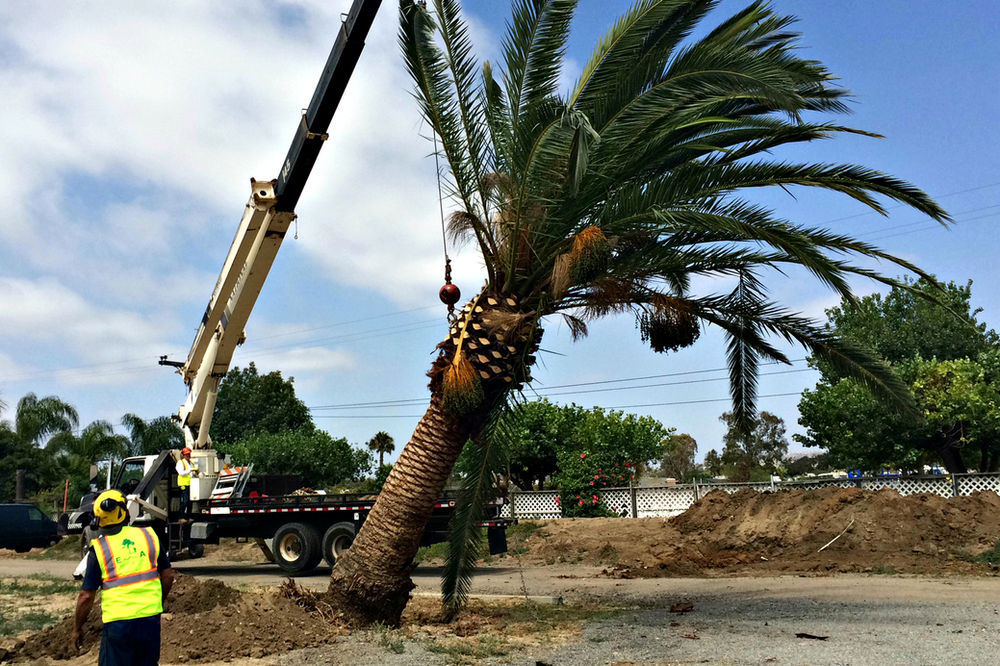
Planting:
Begin with selecting healthy, disease-free date palm offshoots from reputable nurseries or established trees. Choose a location with well-drained soil and abundant sunlight. Dig a hole deep enough to accommodate the roots, ensuring proper spacing between trees. Plant the offshoot at a slight angle to encourage root growth and stability.
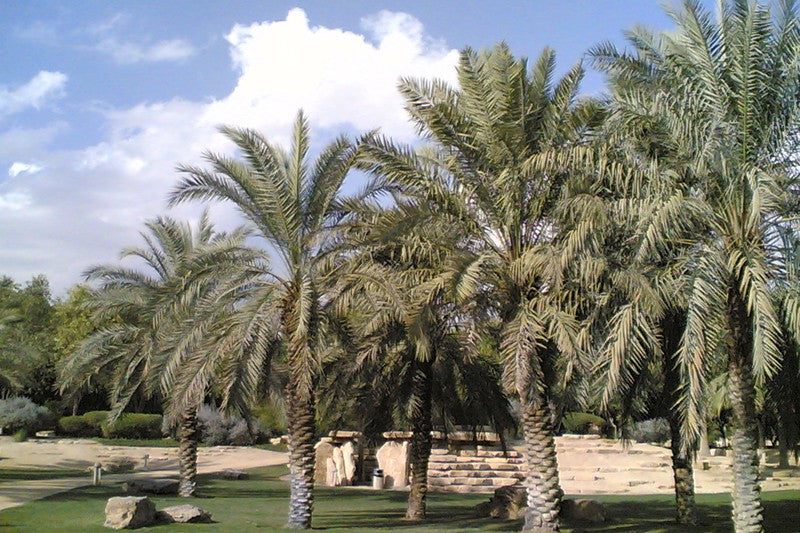
Growing:
Once planted, provide regular irrigation to establish root systems, especially during the first few years. Date palms are remarkably drought-tolerant but benefit from consistent watering, particularly during hot, dry periods. Monitor soil moisture levels and adjust watering accordingly to prevent waterlogging or dehydration.
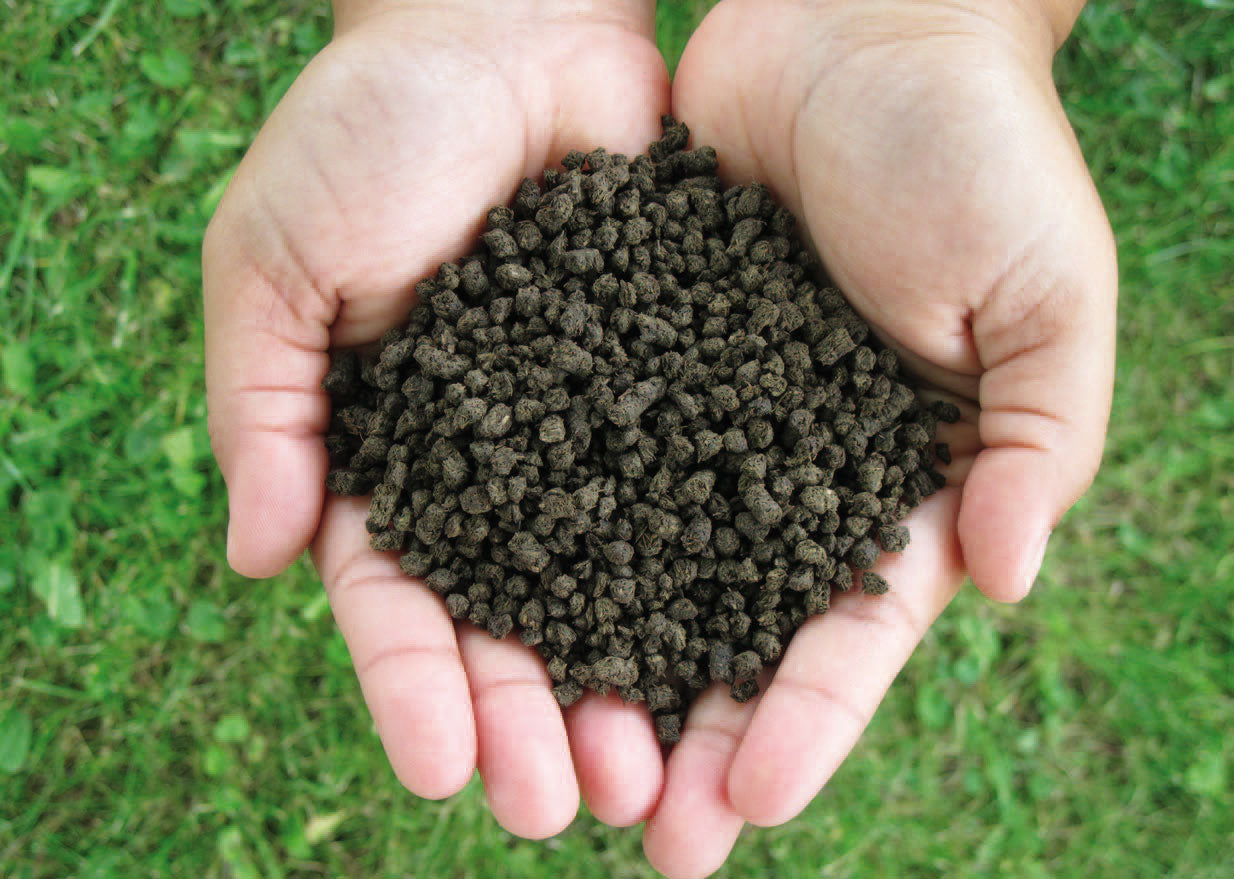
Fertilization:
Fertilize date palms annually with a balanced fertilizer rich in potassium, phosphorus, and nitrogen. Apply fertilizer around the base of the tree, avoiding direct contact with the trunk. Additionally, supplement with organic matter such as compost to improve soil structure and fertility.
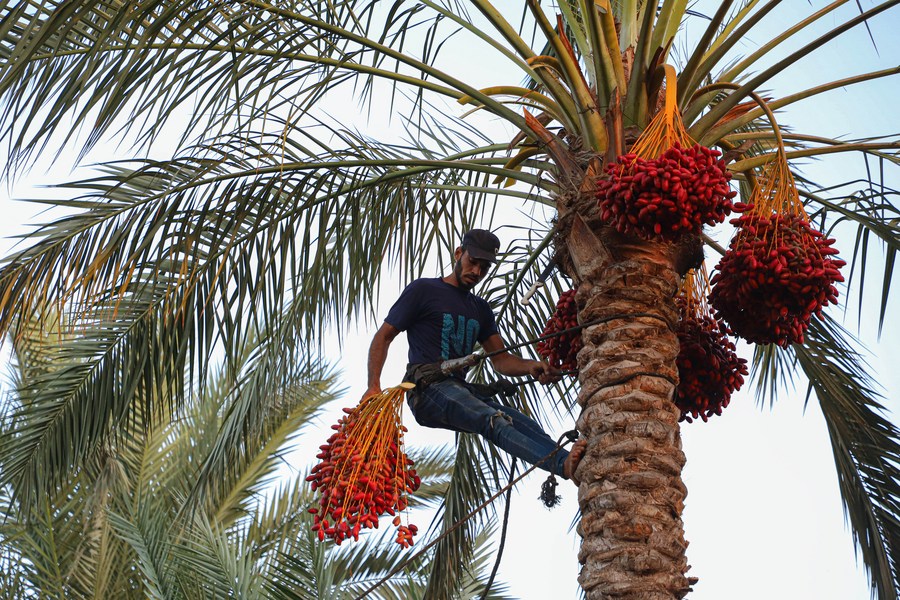
Harvesting:
Patience is key when it comes to harvesting dates. Depending on the variety, date palms typically begin bearing fruit 4-8 years after planting. Harvest time varies, but generally falls between late summer and early fall. Watch for signs of ripening, such as a golden hue and slightly wrinkled skin. Carefully climb the tree or use specialized harvesting equipment to gather the ripe fruit, ensuring minimal damage to the palm and surrounding foliage.
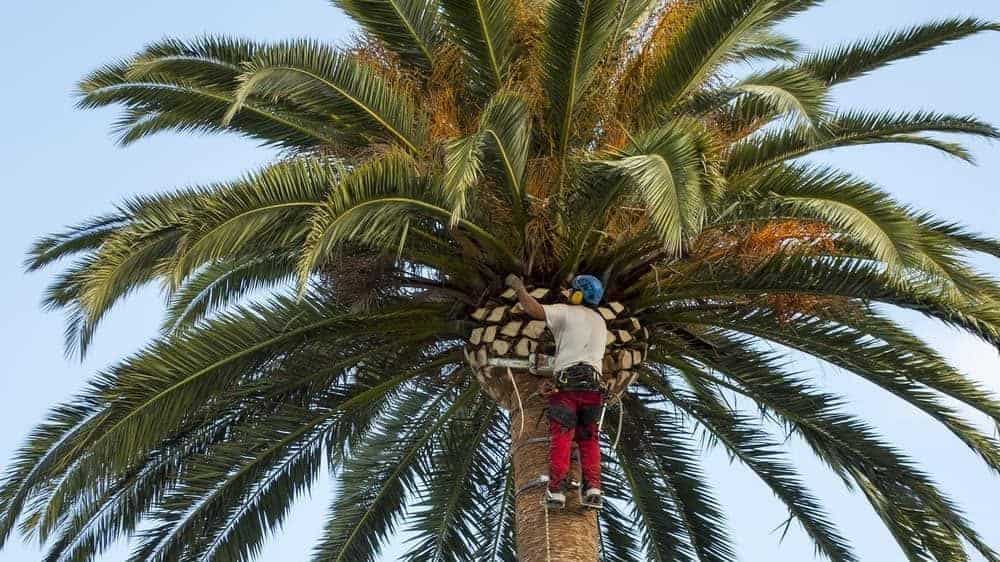
Pruning:
Regular pruning is essential for maintaining the health and productivity of date palms. Remove dead or diseased fronds to prevent the spread of pathogens and improve air circulation. Trim away any suckers or offshoots to direct energy towards fruit production. Use sharp, sterile tools to make clean cuts, minimizing stress on the tree.
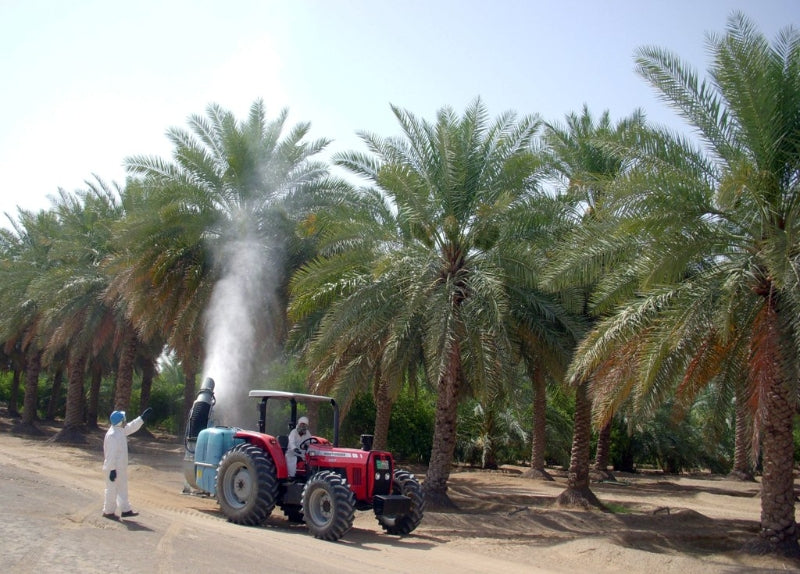
Pest Control:
While date palms are relatively resilient to pests and diseases, they are not immune. Keep a vigilant eye out for common pests such as scale insects, spider mites, and palm weevils. Implement cultural practices such as proper sanitation and regular pruning to reduce pest habitat. In severe cases, consider employing organic or chemical controls under the guidance of a professional.
In conclusion, cultivating date palms in Kuwait requires dedication, expertise, and a deep respect for tradition. By following these guidelines for planting, growing, fertilizing, harvesting, pruning, and pest control, you can ensure the success of your date palm orchard while honoring the rich agricultural heritage of Kuwait. As stewards of this timeless tradition, let us continue to nurture and protect these magnificent trees for generations to come.
